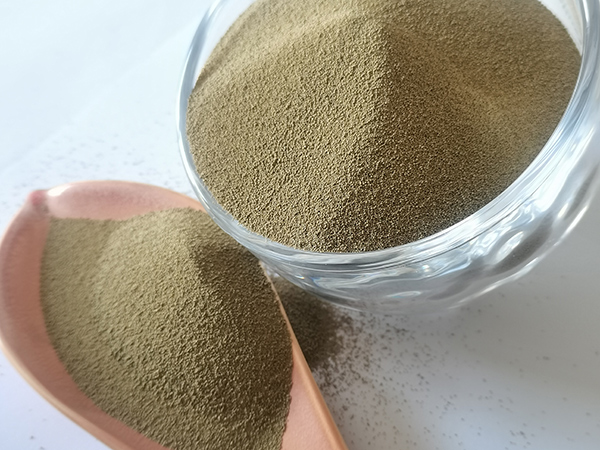The Best Way to Sand Stainless Steel
Sanding stainless steel is a crucial process that can enhance its appearance and prepare the surface for further treatments, such as polishing or coating. Whether you're undertaking a DIY project, repairing a kitchen appliance, or working on automotive parts, knowing the best way to sand stainless steel will yield the best results. Here’s a comprehensive guide on how to effectively sand stainless steel.
Understanding Stainless Steel
Stainless steel is a highly durable alloy known for its resistance to corrosion and staining. However, it can be challenging to work with due to its hard surface. The key to successfully sanding stainless steel lies in choosing the right tools, techniques, and grit levels.
Tools You Will Need
1. Sandpaper Use a range of sandpaper grits starting from coarse (around 80 to 120 grit) up to fine (400 grit or higher). The lower grits help remove material or existing finishes, while the higher grits provide a smooth, polished appearance. 2. Sanding Block or Orbital Sander A sanding block allows for more control, while an orbital sander speeds up the process. Choose based on the size of the area you are working on.
4. Cleaner A degreaser or cleaner specifically formulated for stainless steel is essential for preparing the surface before sanding.
Step-by-Step Process
best way to sand stainless steel

1. Preparation Begin by cleaning the stainless steel surface to remove any grease, dirt, or adhesives. Use a degreaser and a soft cloth to ensure that the surface is spotless.
2. Choose the Right Grit Start with a medium grit sandpaper (around 120). This will effectively remove any scratches or imperfections. If the surface is heavily scratched or has a finish that needs to be removed, you may want to begin with a coarser grit.
3. Sanding Technique Always sand in the direction of the grain of the stainless steel. This is critical because sanding against the grain can create scratches that are difficult to remove. Use even pressure and a steady hand to avoid uneven surfaces. If using an orbital sander, keep it moving to prevent gouging the surface.
4. Progressing Through Grits Gradually work your way up to finer grits. Move from 120 grit to 240, and finally to 400 grit or higher, depending on your desired finish. Each successive grit helps to smooth the scratches left by the previous grit.
5. Finishing Touches After sanding, wipe the surface with a clean cloth to remove any dust. If desired, you can polish the stainless steel with a dedicated stainless steel polish to achieve a mirror-like finish.
6. Final Cleaning Once you are satisfied with the surface, give it a final wipe with a cleaner to remove any remaining sanding dust or polish residue.
Additional Tips
- Experiment on Scrap Material If you are new to working with stainless steel, consider practicing on a scrap piece to understand the process and achieve the desired results without risking the main project. - Be Patient Taking your time while sanding pays off. Rushing the process can lead to scratches, uneven surfaces, or even damage to the material.
In conclusion, sanding stainless steel requires the right tools, technique, and patience. By following these guidelines, you can achieve a smooth and aesthetically pleasing finish that enhances the durability and appearance of your stainless steel projects. Happy sanding!
Post time:ਅਕਤੂਃ . 11, 2024 03:38
Next:A Guide to Embedding Sand in Resin for Stunning Art Projects
